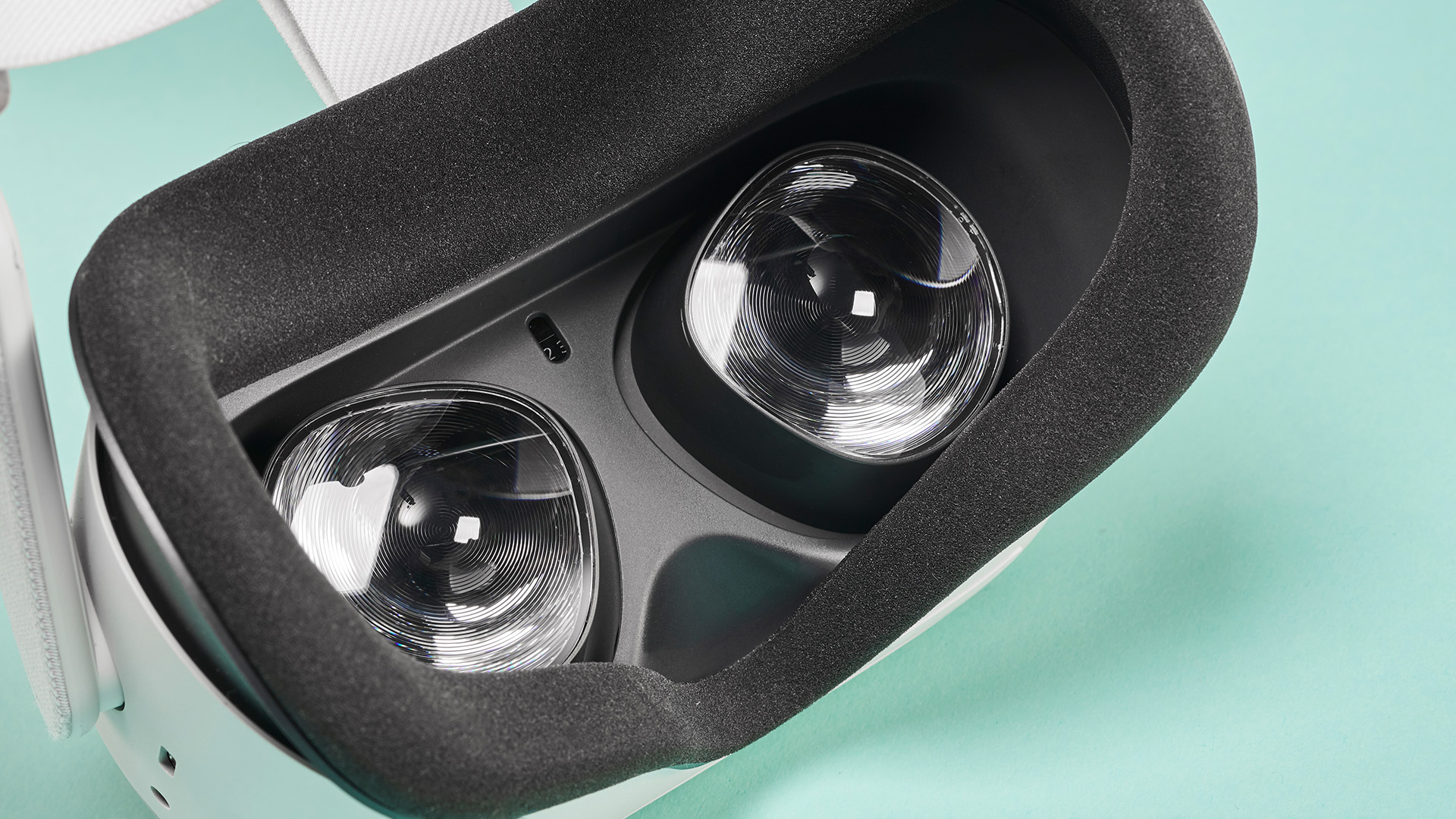
One market tracker suggests shipments for VR and AR headsets dropped 20% in 2022.
Virtual reality headsets got off to a strong start this decade. Driven largely by strong sales of the Meta Quest 2, virtual reality has been shedding its niche reputation and gaining renown in heaps of households. But it’s looking as though VR’s big surge has petered off over 2022.
IDC’s VR and AR tracker suggests shipments for headsets hit 8.8 million in 2022, which is a decline of 20.9% versus 2021.
That’s not an entirely surprising stat considering the world we live in today versus the previous few years. Revenue for Meta’s VR and AR division, Reality Labs, shot up 127% back in 2020, an incredible surge that is more than likely strongly linked with lockdown measures due to the Covid-19 pandemic—VR was a pretty great way to leave the house without actually walking out the door.
In 2020 to 2021, Reality Lab’s revenue also rose another 99%.
From 2021 to 2022, however, Reality Labs shrunk by around 5% [PDF]. There are other factors in those revenue numbers beyond shipments—Meta released the Quest Pro last year and is busy developing the Quest 3 for release this year—but it appears that the VR market as a whole suffered a worsened slump in shipments as demand more generally slowed.
Meta is the dominant force in VR headset sales. The Steam Hardware Survey gives us a rough idea of Meta’s control over the PC VR user base on Steam, which it pegs at 44.7%. And IDC suggests it controls a nearly 80% market share for VR and AR overall.
It’s ByteDance, the company behind TikTok, with its Pico headset that controls the second largest share at 10% according to IDC.
But even a drop in demand versus the highs of 2020 and 2021 isn’t much to worry about for VR in the long-run. Most technology has seen a similar slump since the strange days of lockdown and VR and AR is still tracking upward as more major companies bid to get involved. That includes Sony with the PS VR2 and Apple with its own rumoured VR/AR headset.






